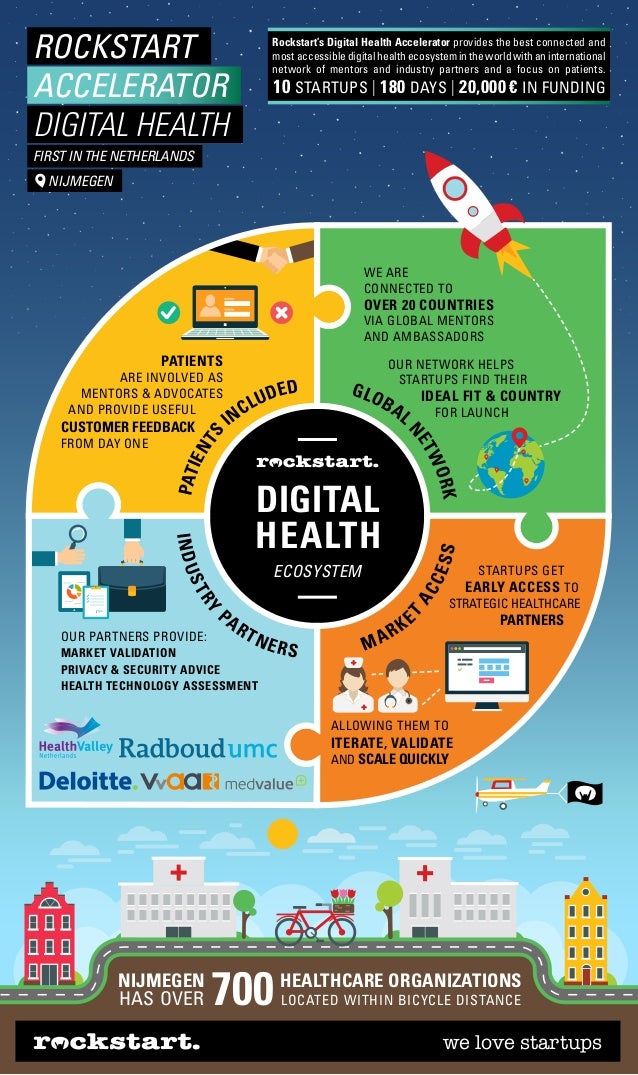Could Your Post-Meal Stomach Discomfort Be Connected With A Hernia? Check Out The Indicators And Efficient Methods For Managing It To Accomplish Relief

Created By-Jorgensen Ogle
If you have actually experienced stomach hernia discomfort after eating, you're not alone. This discomfort commonly arises from the pressure on a damaged location of your abdominal wall during food digestion. You might discover sharp or aching discomfort, bloating, and even a noticeable lump. However what can you do to manage these symptoms? Recognizing the link between hernias and post-meal pain is the initial step towards finding alleviation. Allow's discover this even more.
Comprehending the Link In Between Hernias and Post-Meal Discomfort
When you eat, your body undergoes a complex procedure of digestion that can sometimes set off discomfort if you have a hernia. https://mgyb.co/s/SFqqJ happens since a hernia occurs when a body organ or tissue protrudes through a weak spot in the abdominal wall.
As food relocations with your digestive system tract, it may tax this damaged location. You could feel pain or pain, especially after consuming larger meals or certain foods that create bloating.
Furthermore, the motion of your intestines during digestion can worsen the hernia, resulting in a lot more extreme feelings. Recognizing this connection is essential, as it aids you recognize prospective triggers and make nutritional adjustments to manage discomfort effectively.
Keeping an eye on what you eat can give valuable insights.
Common Signs of hernia Pain After Eating
If you have a hernia, you could notice details signs after eating that signal pain. Commonly, you may experience sharp or hurting discomfort in your abdomen, specifically around the hernia website. This discomfort can escalate after dishes, especially if you've eaten a large section or hefty foods.
Bloating and gas are also frequent complaints, making you really feel uncomfortably full. You may also notice a visible bulge in your abdomen that comes to be much more obvious post-eating.
Nausea and periodic throwing up can happen, specifically if the hernia is creating a clog. If you find yourself experiencing these symptoms continually after meals, it's critical to seek advice from a healthcare specialist for proper evaluation and guidance.
Strategies for Taking Care Of hernia Pain After Dishes
To handle hernia pain after dishes successfully, think about making some dietary and lifestyle modifications.
Begin by consuming smaller, much more regular meals instead of big portions, which can reduce pressure on your abdominal area. Concentrate on low-fat, high-fiber foods to relieve digestion. Avoid spicy, acidic, or fried foods that might cause pain.
On top of that, maintain a healthy and balanced weight to reduce stress on your stomach wall surface.
After consuming, attempt to continue to be upright for visit site of 2 hours to aid digestion; this can aid prevent pain. Mild activities like strolling can likewise promote food digestion, but avoid extreme workout quickly after dishes.
Remaining moisturized is important-- drink lots of water throughout the day to sustain digestion health and total well-being.
Conclusion
In conclusion, if you're experiencing abdominal hernia discomfort after eating, it's crucial to identify the link in between your diet and your signs and symptoms. By adopting smaller sized, more regular meals and avoiding trigger foods, you can dramatically reduce pain. Staying upright and engaging in light activity post-meal can additionally help. Do not think twice to consult a healthcare professional if your symptoms linger. Taking these actions can boost your convenience and boost your total wellness.

